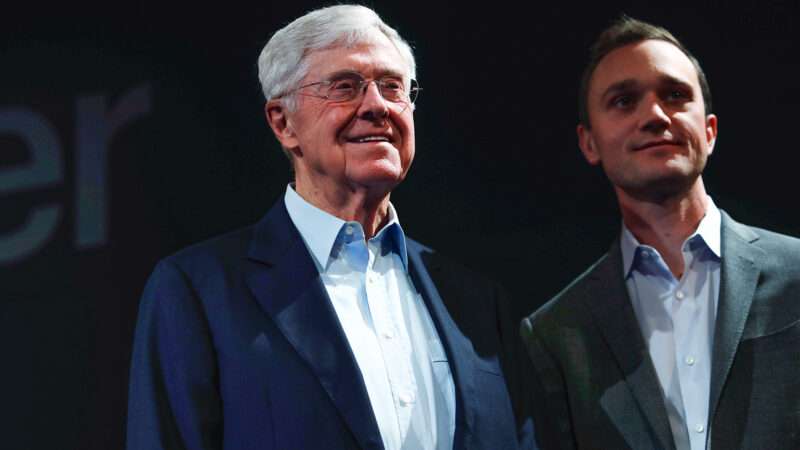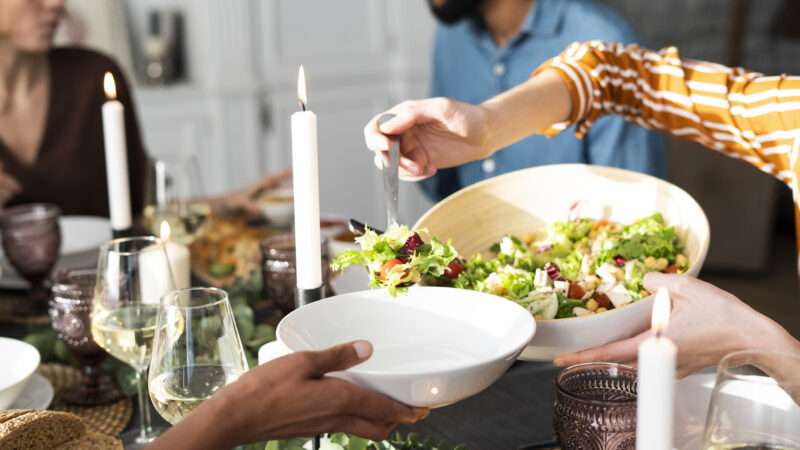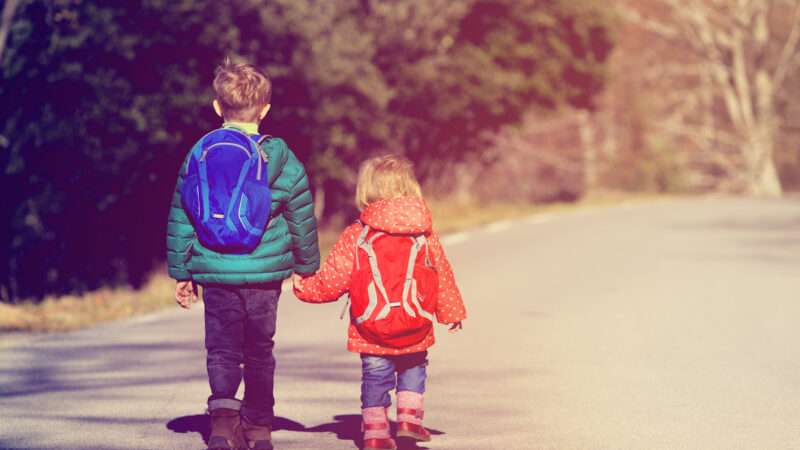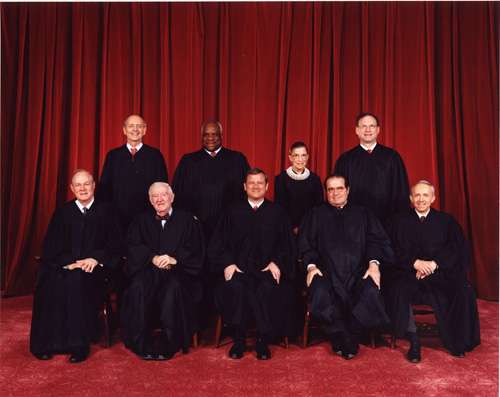Home-based gatherings and small-group socializing are at the root of the most recent spike in COVID-19 cases, say state leaders. Hence a new round of restrictions on when people can leave their homes, how many non-household members they can have over or meet up with, and other measures meant to once again slow the spread. Bars, restaurants, retail shops, and other places of business are also being targeted under new orders—but, these days, it’s mostly private socializing which authorities are blaming. It’s now become conventional wisdom in government, pundit spheres, and among at least some of the public that curtailing any and all socializing is a sound solution.
Hold up, says The New York Times (not exactly known to be a bastion of government-critical thinking about coronavirus containment). Where’s the evidence for all of this?
Small gatherings can of course lead to people infecting one another—just like the virus doesn’t get more deadly after dark, it doesn’t care how many people you’re with or how close you are with them. A small group here and a small group there and the virus can easily keep finding new hosts.
But that doesn’t necessarily explain the recent surge in cases in all types of areas all over the country, health experts told the Times:
In dozens of statements over the past weeks, political leaders and public health officials have said that while previous waves of infection could be linked to nursing homes, meatpacking plants or restaurants, the problem now is that unmasked people are sitting too closely in kitchens and living rooms, lighting thousands of small Covid fires that burn through their communities….
But many epidemiologists are far less certain, saying there is little evidence to suggest that household gatherings were the source of the majority of infections since the summer. Indeed, it has become much harder to pinpoint any source of any outbreak, now that the virus is so widespread and Americans may be exposed in so many ways.
To the extent that we have data, they implicate prisons, health care facilities, and nightlife spots as superspreaders:
Most states don’t collect or report detailed information about the exposure that led to a new infection. But in states where a breakdown is available, long-term care facilities, food processing plants, prisons, health care settings, and restaurants and bars are still the leading sources of spread, the data suggest.
An analysis of nearly 800 nursing homes in six states experiencing the biggest surges, including North Dakota, South Dakota and Wisconsin, found that these homes are still hot spots of viral transmission and that little has been done since the spring to reduce that risk….
In Colorado, only 81 active cases are attributed to social gatherings, compared with more than 4,000 from correctional centers and jails, 3,300 from colleges and universities, nearly 2,400 from assisted living facilities, and 450 from restaurants, bars, casinos and bowling alleys.
In Louisiana, social events account for just 1.7 percent of the 3,300 cases for which the state has clear exposure information.
So why the focus on banning social gatherings of more than 10 people, instituting curfews, or even banning all indoor and outdoor inter-household meetups (as Minnesota did this week)?
Perhaps they let authorities look like they’re taking strong and swift action while shifting responsibility away from their own failures.
Of course they want people to blame their neighbors rather than focus on the number of deaths on politicians’ hands. Of course authorities would rather wax on about you how you can do your part, and to issue rules that justify more policing, than focus on how the places they have total control over—jails and prisons—are some of the worst pandemic hot spots. Or how the state has basically written off the suffering and lives of people in them—many of whom haven’t even been convicted of a crime.
Or how local, state, and federal authorities have limited or hindered testing options and capabilities, stood in the way of at-home testing, and otherwise made it more difficult for Americans to do one thing that really works at stopping the spread (one which does not rely on people becoming hermits indefinitely).Widespread mask adoption was a good early turning point for fighting the pandemic, and on our way to a vaccine, ramped up testing should have been the second turning point.
Because testing did get more widely available than it was originally, and case counts were lower over the summer, the testing options for a while seemed not great, but adequate. Now that demand for tests is surging again, however, it’s become clear that not enough was done at all. The Food and Drug Administration (FDA) only just approved rapid at-home tests, and these—when they are rolled out—will still require a prescription. People in many parts of the country now report that getting tested has become an ordeal again, often requiring long waits out in the cold or in a waiting room full of other patients. Around me, in Cincinnati, there are very few rapid-testing sites and seemingly not enough testing sites generally, with many places still requiring a doctor’s order or only testing for antibodies.
Meanwhile, the new lockdowns and restrictions on social gatherings are all message-sending and blame-shifting until the cops get involved.
While some sheriff’s departments and police agencies say they won’t enforce state orders, most are. And anything that puts people in more unnecessary contact with the police can be dangerous, especially for minority communities. (So far, we see New York City busting up sex clubs and targeting Orthodox Jewish communities…) New restrictions give police another pretense for surveilling and harassing black Americans and other groups who have historically been the targets of biased law enforcement.
Thanksgiving week is giving cops an extra excuse to flex their muscles. For instance, Maryland state police have said they will step up COVID restriction enforcement this Wednesday and Thursday nights. Pennsylvania has ordered no on-premise alcohol sales on Thanksgiving night, as well as the night before, and state Health Secretary Rachel Levine said that this week, “law enforcement and state agencies will be stepping up enforcement efforts, issuing citations and fines, and possible regulatory actions for repeat offenders.”
FREE MINDS
Texas will include information about contraception in middle school sex education. “For the first time in more than two decades, Texas’ Board of Education voted Friday to make major changes to the state’s sex education standards, expanding the teaching of birth control beyond abstinence-only education for middle school students,” notes The New York Times:
Under the revision, public school educators will be allowed to teach students in seventh and eighth grades about birth control methods such as condoms and other contraceptives, and about their effectiveness in preventing pregnancy, S.T.D.s and S.T.I.s.
The revisions are set to go in effect in August 2022.
FREE MARKETS
Trump adviser says TikTok and WeChat bans will happen. At a talk in Hanoi, Vietnam, U.S. national security adviser Robert O’Brien said Trump’s stalled apps bans “will take place.” From the South China Morning Post:
Moves by the Trump administration to restrict the Chinese-owned social-media platforms in the United States for what it said were national security reasons have been put on hold as a result of court injunctions. WeChat and TikTok users have argued that the bans were motivated by election year politics rather than genuine security concerns.
“We’re now looking – those court cases are ongoing, so the federal government will wait and see what our courts tell us we can or can’t do with respect to those bans,” O’Brien said at an event in the Vietnamese capital of Hanoi.
“I think ultimately the president’s authority with those bans on those apps will be enforced. And I think even if there’s a change in administration, those bans will take place.”
QUICK HITS
• If President-elect Joe Biden is serious about criminal justice reform, he won’t pick Merrick Garland for attorney general, writes Reason‘s Damon Root.
• South Dakota cops are trying to stop the state from legalizing marijuana after voters approved a ballot measure to do so.
• The U.S. Court of Appeals for the 5th Circuit has ruled that Texas and Louisiana can bar Medicaid patients from receiving covered services at Planned Parenthood. “The issue is likely to go next to the U.S. Supreme Court,” says CBS News.
• States are planning yet another half-assed antitrust lawsuit against Google.
• The Trump Department of Justice is planning on going out on an execution spree.
• Nick Gillespie interviews former Reason Editor in Chief Virginia Postrel about her new book, The Fabric of Civilization: How Textiles Made the World.
from Latest – Reason.com https://ift.tt/33cV569
via IFTTT



